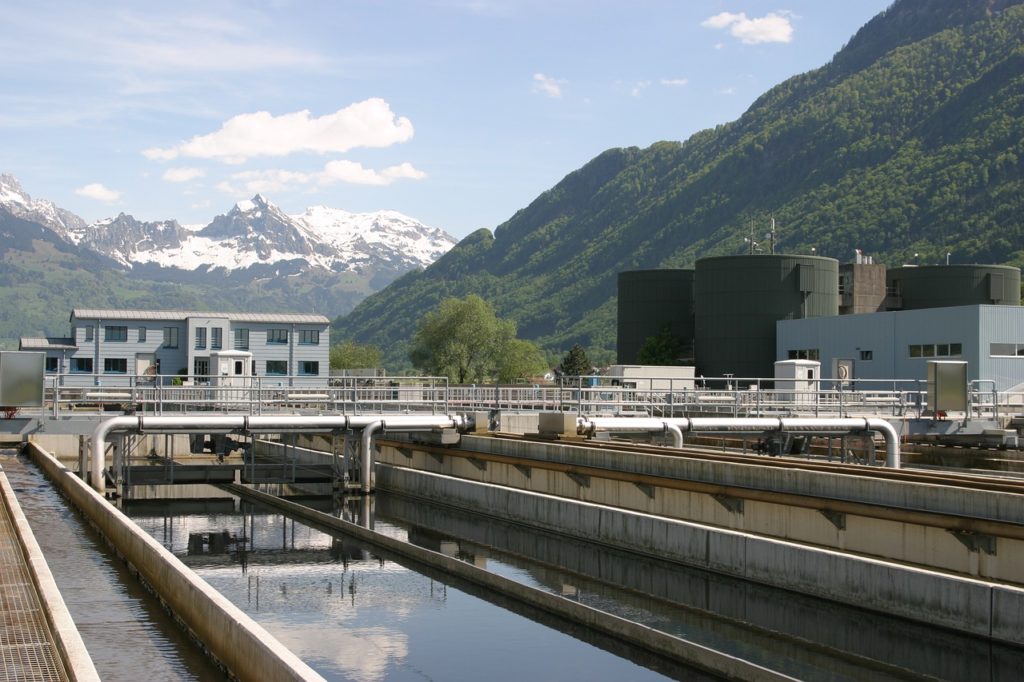Where Does Sewage Go in Ontario?
Every person in Ontario contributes to the sewage that accumulates each day, making it necessary to know where it is discarded. When you use the toilet or wash your hands, the water and waste that are flushed must head somewhere. It is important to be aware of where the sewage goes from residential and commercial properties.
Types of Sewage Systems
There are different types of sewage systems in Ontario. There’s a mainline sewer system, and there are also septic tanks that are present. Most urban and suburban residential properties are hooked up to a main sewer, which is responsible for carrying wastewater for processing.
Residential properties in rural or isolated areas use septic tanks to collect and store their waste. Septic tanks require a thorough cleaning every few years to continue to function properly.
How Mainline Sewer Systems Operate
Mainline sewer systems are designed to collect both wastewater and storm water into one line. They are known to cause stress on wastewater treatment plants in the city because they also include rainwater, and everything must be treated.
In the past, the sewage traveled through open channels, but today, everything is transported underground through hidden pipes. They are necessary to modern plumbing and used whenever you take a shower, use the sink, or flush the toilet.
The sewer main that the waste dumps into is an average of 3-5 feet in diameter. Manholes are access points to the sewage and are necessary to address problems in the sewer main.
How Septic Tanks Work
Septic tanks collect everything that is flushed down the drain and require maintenance over time. They are not used in cities because they can develop a lot of issues when they are used by too many people.
Due to the amount of maintenance septic tanks require, it makes it necessary to hire qualified professionals to help to maintain the operation of the system. Maintaining your septic tank with the help of a professional is necessary to avoid potential issues or disasters that can occur due to neglect as you continue to use the plumbing system each day.
What Happens to the Septic Waste?
The septic tank is responsible for pushing all the wastewater to the city sewer lines. The sewage liquids are always moved to a different location for sanitary purposes and to keep the plumbing system operating reliably. It’s located directly below the main sewer or septic line on the property.
Most septic tanks last an average of 40 years before they reach the end of their lifespan if the parts are maintained well and get the attention they need.
Sewage Pump Maintenance
Hiring professionals to maintain sewage in Ontario can reduce the cost of maintenance in the long run and prevent unsanitary accidents from occurring on the property.
Fortunately, Caldwell Plumbing can assist you with your sewage pump service. All of our technicians have a high level of training with the necessary equipment to complete the job correctly. Call or contact us today to receive a free estimate for your next plumbing project.

















